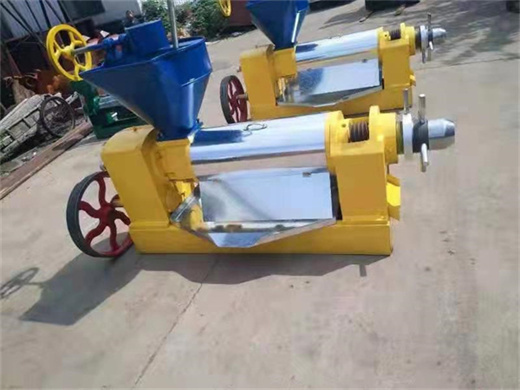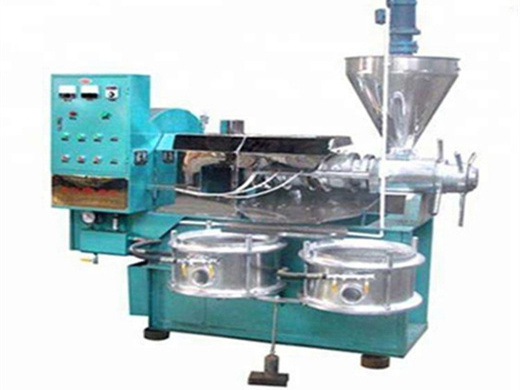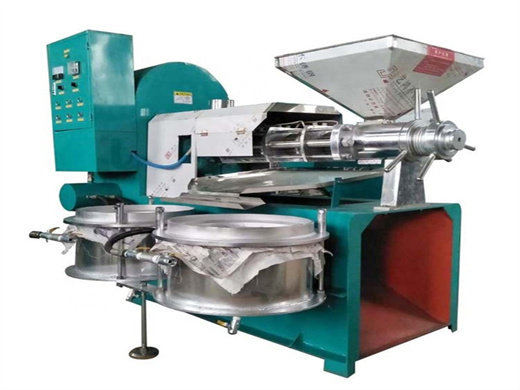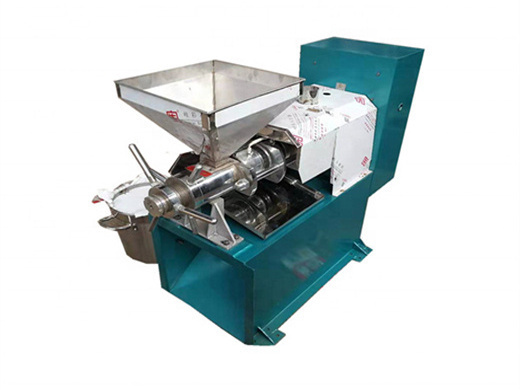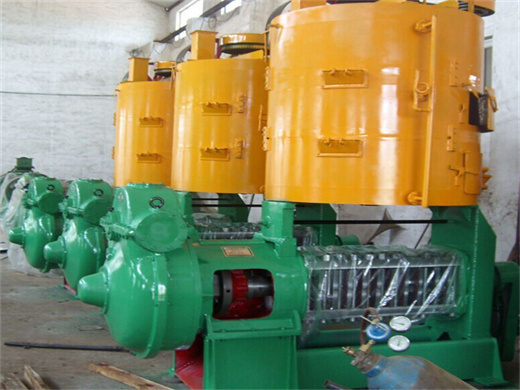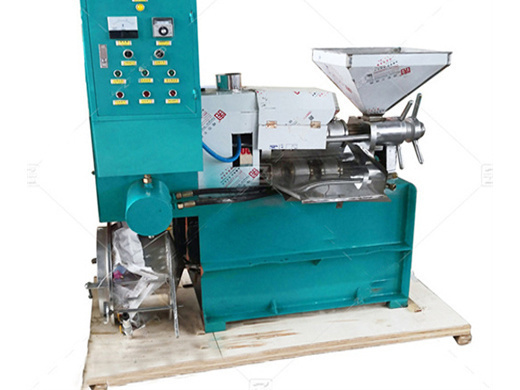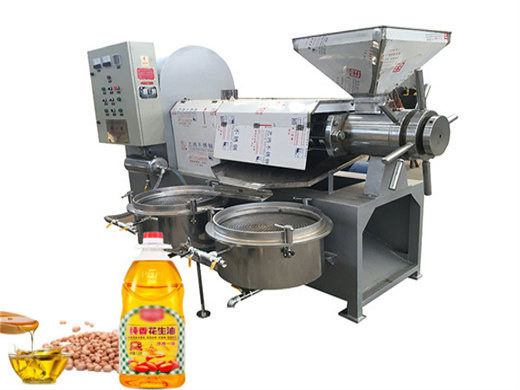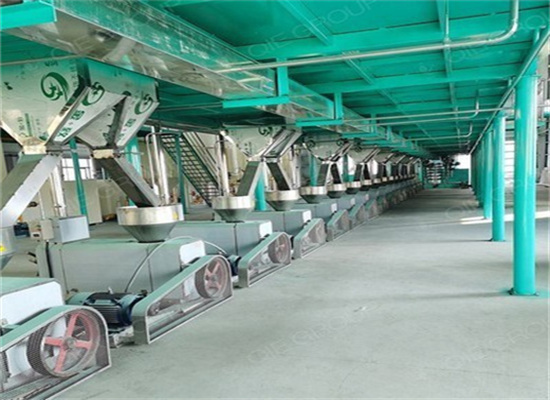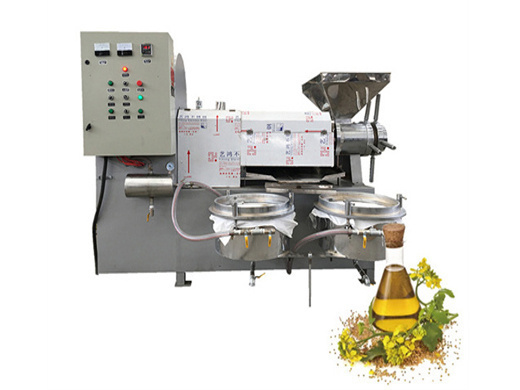oil mapeanut oil making in ethiopia
- Usage: Peanut oil machine south africa
- Type: whole Peanut oil machine south africa
- Production Capacity: 100 kg/h - 1000kg/h
- Voltage: 380V
- Power(W): according to capacity
- Dimension(L*W*H): various with capacity
- Weight: changed with capacity
- Certification: CE and ISO
- Raw material: Peanut Seed
- Solvent name: n-hexane
- Capacity: from 5T to 2000T Peanut oil machine south africa
- Oil content in Peanut: from 18-22%
- Oil residues: less than 1%
- Function: getting Peanut oil and refining it
- Manufacturing experience: 19 years experience in edible oil field
- Material of equipment: stainless steel and carbon steel
Edible oil for consumption in Ethiopia is mainly imported from different countries. In calendar year (CY) 15, Ethiopia imported 479,000 metric tons of cooking oil, valued at nearly $474 million dollars. Of this imported oil, more than 90 percent by volume was palm oil, most of which comes from Indonesia and Malaysia.
15 3.2 Edible oil industry The current annual value of the domestic edible oil industry is estimated at ETB 3.6 billion (USD 277 million).1 Although Ethiopia is a major producer and exporter of oilseeds, the country imports about three quarters of its domestic edible oil consumption (ECRA, 2010).
Towards edible oil self-sufficiency in Ethiopia: Lessons
- Usage: purify crude oil
- Type: Curde oil refinery
- Production Capacity: 80KG/TIME
- Voltage: 380v
- Dimension(L*W*H): 1.5x0.58x1.35m
- Weight: 140 KG
- Core Components: Motor, Pump, Gearbox
- Oil type: Peanut Oil
- English manual: Yes
- Raw materials: crude oil
- Material: Stainess Steel
- Advantage: Full auto
- Used for: Peanut Oil etc
- Function: Refine all kinds crude cooking oil
- Package: Wooden Box
- warranty period: 12 months
- Capacity: 800 kg/d
Value of import of edible oil in USD in Ethiopia 2012鈥?018. Display full size. The current demand of vegetable oil is 686,400,000 liters per year and will increase as the population increases at a rate of 2.3% per annum. Of the total demand of 686,400,000 liters of edible oil, 604,032,000 liters is to be imported.
According to reports by New Business Ethiopia, the facility with a daily production capacity of 1.5 million litres of palm oil is deemed to be the largest edible oil factory in the country to potentially cover 60% of the country鈥檚 demand when fully operational.
Edible oil value chain enhancement in Ethiopia
-
Usage: equipment to make Peanut oil
- Type: equipment to make Peanut oil
- Production Capacity: 80-600KG/H
- Model Number: 6YL Peanut oil extraction machine
- Voltage: 110V,280V,380V,440V
- Power(W): 5.5KW, 7.5KW, 15KW, 18.5KW
- Dimension(L*W*H): 430*230*350
- Weight: 1050 KG
- Certification: CE,BV,ISO
- name: equipment to make Peanut oil
- texture: carbon steel and stainless steel
- man power: 1 person a shif
- motors: special for equipment to make Peanut oil
- package: wooden cases special for equipment to make Peanut oil
- land area: according to the capacity
- color: according to the customer
- materials: Peanut,all edible seeds material
- end products: edible oil, oil cake for animal feed
- filter: with vaccum filters
This MDG-f joint program helps improve the oil seeds processing efficiency and access to markets of relevant stakeholders. The programme is being implemented...
Ethiopia edible oil industry mapping. Download (1.7 MB) This report provides an overview of the edible oil processing sector in Ethiopia. The objective of the mapping and assessment exercise was to: Understand the locations, capacity, processing type and methods, technology, and quality of edible oil products produced domestically, Document the
Edible Oil Manufacturers in Ethiopia | AddisBiz.com (釆犪嫴釄?釅⑨嫕)
- Usage: Peanut OIL, Cooking Oil
- Type: Peanut Oil Extraction Machine
- Production Capacity: 5TPD-100TPD
- Voltage: 220V/380V/440V
- Dimension(L*W*H): 1700*1100*1600cm
- Weight: 1200 KG
- Core Components: Motor, Pressure vessel, Pump, PLC, Gear, Bearing, Engine, Gearbox
- Oil type: Peanut Oil
- Product Name: Screw Press Oil Expeller
- Raw Material: Peanut ,etc
- Name: Oil Press Machine
- Function: Making Edible Oil
- Advantage: Energy Saving
- Application: Screw Oil Expeller
- Color: Clients' Requirements
- Material: Iron
- Item: Edible Oil Press
Most Profitable, Best Banks in Ethiopia for 2023/2022 Budget Year, Capital, Assets, Loans, Income and other Financial Indicators; Global Insurance Company Earns 85.3mln br Profit for 2023/2022 budget year; United Insurance Grosses 390.7mln br Profit before Tax for 2023/2022 F.Y, Increases EPS to 47%
SOMALI OIL EXPLORATION THEN AND NOW. Oil exploration in the Somali inhabited territories dates back to 1948 when the US oil major Sinclair Oil Corporation followed by Agip (today ENI) and Conoco began exploration drillings and subsequently discovered eight sedimentary basins (Balthasar, 2014: 3; Hussein, 2014, 2012).
How edible oil shortage is creating investment opportunities
- Usage: Peanut Oil, Peanut EDIBLE OIL
- Type: Vegetable Oil Processing Equipment
- Production Capacity: 187kgs/h
- Voltage: 220V/380V
- Dimension(L*W*H): 1760*680*1320mm
- Weight: 560 KG
- Warranty: 1 Year, 12 Months
- Core Components: Motor, Pressure vessel, Pump, PLC, Gear, Bearing, Engine, Gearbox, Other
- Oil type: Peanut Oil
- Product name: Peanut Small Peanut Mini Peanut Oil Mill Machine
- Material: SS, Carbon steel and Iron
- Productive Power(t/24h): ≥9-11
- Residual oil rate(%): ≤8
- Advantage: Energy Saving Low Residual
- Function: Making Edible Oil
- Raw material: Peanut, and tung seed.
- Application: Edible Oil Production Line
- Color: Blue
Ethiopia is the 2 nd most populist country in Africa with over 110 million and one of the leading producers of high-quality oilseeds that present an enormous investment opportunity for investors to process for both domestic and global markets. Ethiopia鈥檚 potential to grow oilseeds is enormous unlike its capacity to process and produce edible oil.
According to data from the Ethiopian Ministry of Trade and Industry, the volume of edible oil imports in 2015/2016 was approximately 1.2 million metric tons. This increased to around 1.4 million metric tons in 2016/2017 and further rose to about 1.6 million metric tons in 2017/2018. Value of Edible Oil Imports.
- What oilseeds are used in Ethiopia?
- Nine oilseeds namely noug, gomenzer, linseed, soybean, sunflower, castor, sesame, ground nut and cotton are important in Ethiopia for edible oil consumption. During the last 60 years, 156 varieties with their production practices were registered. Sesame contributes significantly to the foreign currency earnings next to coffee.
- What kind of oil is used in Ethiopia?
- All other oilseed crops (soybeans, linseed, groundnuts, cottonseed etc.) grown in Ethiopia are almost entirely used domestically. Edible oil for consumption in Ethiopia is mainly imported from different countries. In calendar year (CY) 15, Ethiopia imported 479,000 metric tons of cooking oil, valued at nearly $474 million dollars.
- Where does cooking oil come from in Ethiopia?
- Edible oil for consumption in Ethiopia is mainly imported from different countries. In calendar year (CY) 15, Ethiopia imported 479,000 metric tons of cooking oil, valued at nearly $474 million dollars. Of this imported oil, more than 90 percent by volume was palm oil, most of which comes from Indonesia and Malaysia.
- Does Ethiopia produce edible oil?
- Despite Ethiopia being a major producer and exporter of oilseeds, it imports more than three-fourths of its domestic edible oil consumption. The sector has potential due to the increase in demand. Small scale millers currently supply more than 60% of the domestically produced edible oil. One of the main inputs here is noug.

